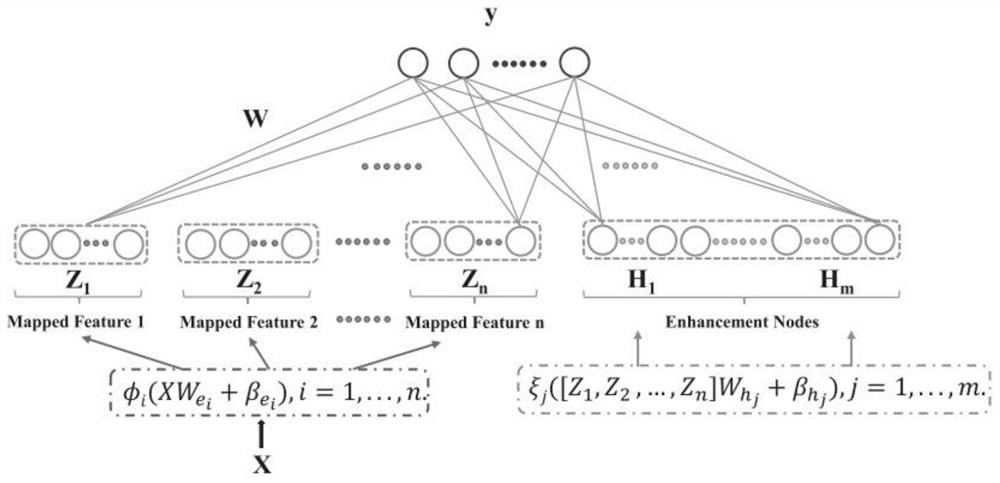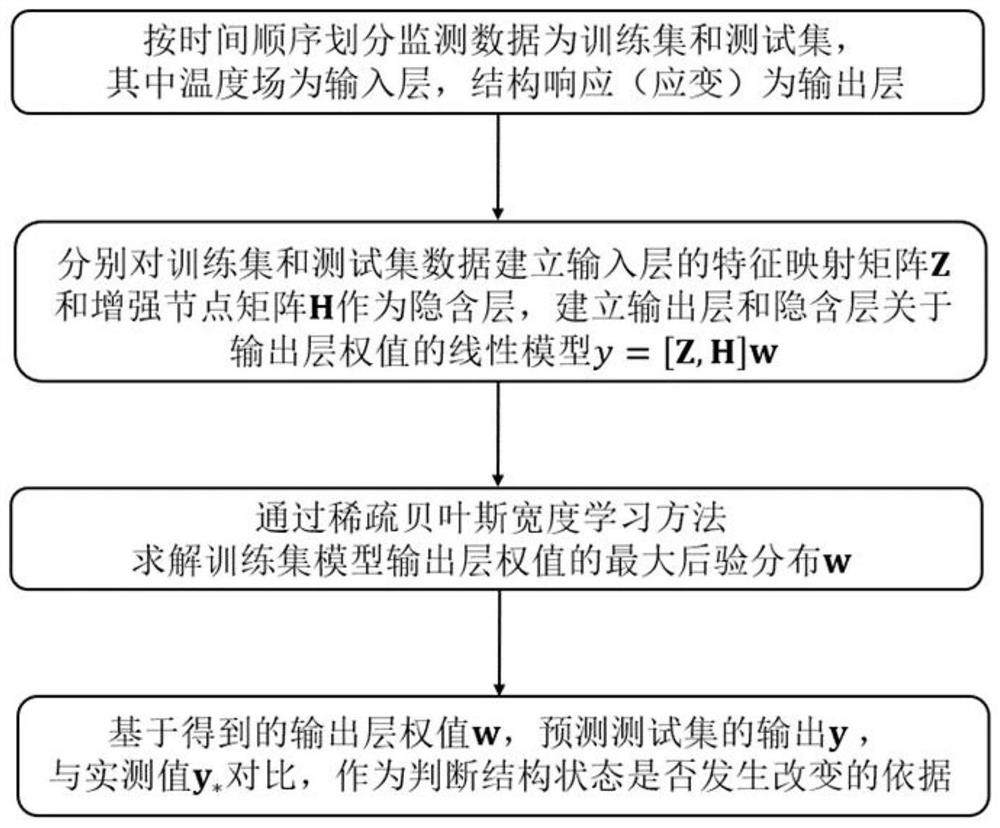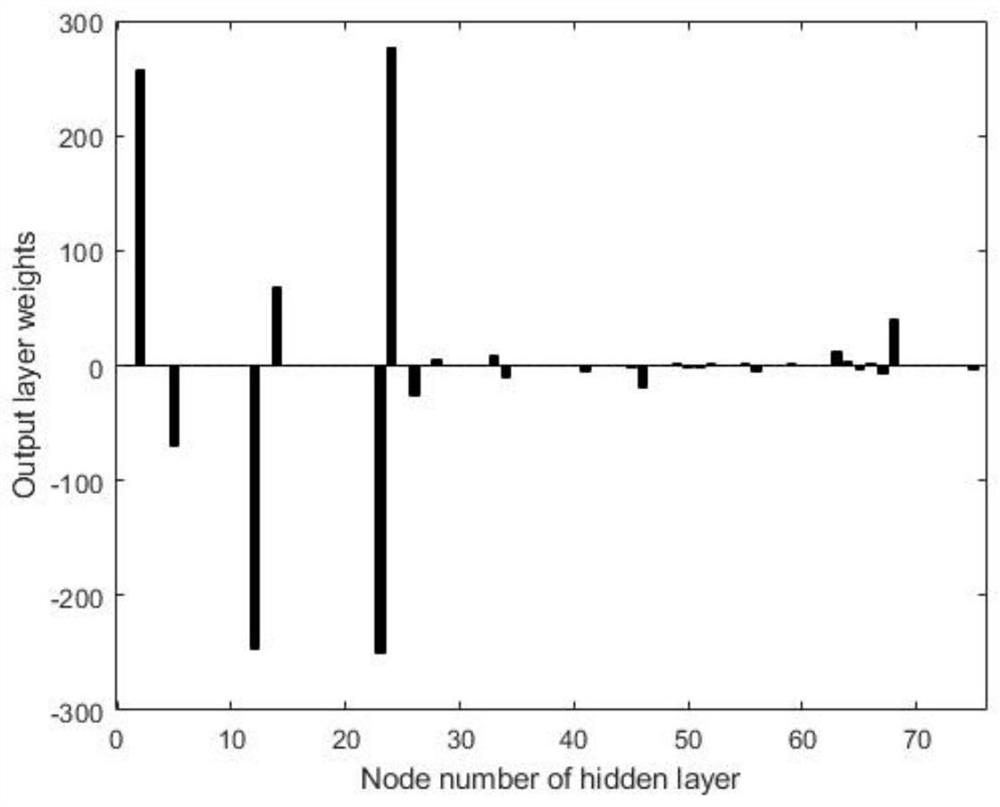A High-speed Railway Track Response Prediction Method Based on Sparse Bayesian Width Learning
A sparse Bayesian and high-speed rail technology, applied in the field of machine learning and structural health monitoring, to achieve the effect of reducing the workload of manual parameter adjustment, good prediction accuracy, and loose equipment hardware requirements
- Summary
- Abstract
- Description
- Claims
- Application Information
AI Technical Summary
Problems solved by technology
Method used
Image
Examples
Embodiment
[0082] This embodiment is to apply the present invention to the health monitoring problem of a certain high-speed rail track structure. The track structure monitoring system includes 6 temperature sensors to measure the temperature of the atmosphere and the track structure respectively, and 30 structural strain sensors to measure the strain occurring at different positions of the track slab. Use the monitoring data collected by the monitoring system within three years for application analysis. The data of the first two years are used to train the temperature-strain regression model, and the data of the next year are used to predict the strain and serve as the basis for judging the service status of the track structure.
[0083] The first step is as follows: taking the data of 6 measuring points in the temperature field as input, and taking the data of 30 strain measuring points as output respectively, dividing the data of the first two years as a training set and the data of t...
PUM
 Login to View More
Login to View More Abstract
Description
Claims
Application Information
 Login to View More
Login to View More - R&D
- Intellectual Property
- Life Sciences
- Materials
- Tech Scout
- Unparalleled Data Quality
- Higher Quality Content
- 60% Fewer Hallucinations
Browse by: Latest US Patents, China's latest patents, Technical Efficacy Thesaurus, Application Domain, Technology Topic, Popular Technical Reports.
© 2025 PatSnap. All rights reserved.Legal|Privacy policy|Modern Slavery Act Transparency Statement|Sitemap|About US| Contact US: help@patsnap.com



